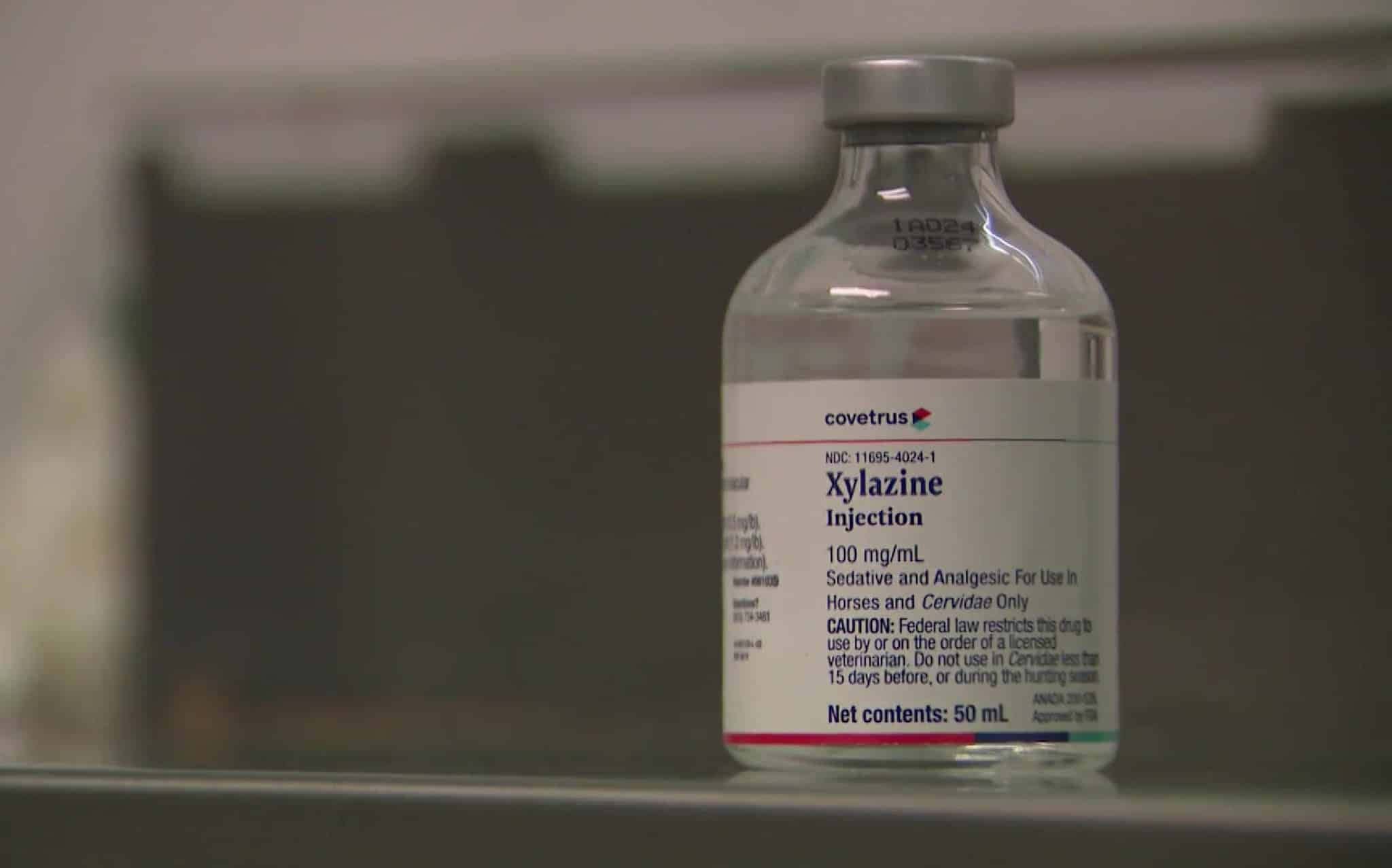The opioid epidemic has been ravishing through the United States of America since the 1990s and it has been worsening over the years. According to statistics from the Centers for Disease Control, the number of individuals who have died from opioid overdose since 1999 has nearly quadrupled, and in 2014, the most recent year for which statistics are available, more than 28,000 individuals died from opioid overdose and more than half of these numbers were from prescription opioids such as oxycodone, hydrocodone, codeine, fentanyl, and morphine. Opioid prescriptions have skyrocketed and approximately 80% of new heroin users became hooked after beginning to take opioid prescription pain medications for nonmedical reasons. Opioid prescriptions are being sold on the black market, stolen from doctors’ offices and even sold by doctors for a large fee. According to studies, it is the misuse of prescription opioids that results in addiction. If individuals use them as directed, they have a very low chance of developing an addiction.
The opioid epidemic has occurred in three waves: in 1991 from opioid prescriptions, in 2010 from a rapid increase in heroin abuse, and in 2013 from an increase in synthetic opioids such as fentanyl.
Prescription overkill in the 1990s
Opioids target the mu receptors in the brain, which decrease physical pain in the body while simultaneously releasing euphoric feelings making the individual feel good. Prescription opioids such as Percocet, Lortab, morphine, Vicodin, and codeine are used for short-term pain management in the event of a serious injury or surgery. They can also be used as long-term pain management for individuals who are experiencing cancer-related pain or who are under palliative care. In 1991, opioids were being overprescribed for almost any pain-related cause and these prescriptions were highly influenced by pharmaceutical companies and medical societies claiming that the risk of opioid addiction was extremely low. Additionally, big pharmaceutical companies advertised opioid use for individuals who are experiencing non-related cancer pain even though there was a lack of data supporting the risks and benefits in this patient population. By 1999, 86% of patients using opioids were using them for non-cancer-related pain, and as a result, opioids were becoming readily available in medicine cabinets and on the streets. Opioids were being passed from patient’s hands to others for a small fortune, fueling this widespread epidemic of opioid abuse.
Heroin abuse in 2010
The second wave of the opioid epidemic began in 2010 when death rates for heroin overdose began to surge. Opioid prescriptions were becoming harder to come by because physicians were realizing that they could be addictive and harmful in the hands of the wrong individuals. Unfortunately, many individuals were already addicted to prescription opioids and when they could not receive more from their prescriber they turned to heroin, a cheaper widely available Schedule I illegal opioid that is injected or smoked. As a result, heroin-related overdoses skyrocketed. Deaths due to heroin-related overdose increased by 28% from 2002 to 2013, and approximately 80% of heroin users admitted to misusing prescription opioids before turning to heroin. Since heroin is an injectable drug, users are at an increased risk for blood-borne infectious diseases such as HIV and hepatitis as well as skin infections, and endocarditis (infection of the heart valves). Due to the widespread heroin epidemic naloxone, an opioid overdose antidote became increasingly popular among emergency room personnel and first responders.
Fentanyl and synthetic opioid abuse in 2013
The third wave of the opioid epidemic transitioned from heroin abuse to synthetic opioid abuse, particularly fentanyl. Synthetic opioids are man-made derived opioids and most commonly include methadone, fentanyl, carfentanil, and U-47700. Fentanyl is 50-100 times more potent than morphine and heroin and is prescribed for severe intractable cancer-related pain. Due to the rampant opioid epidemic, fentanyl is also synthesized in underground laboratories and sold illegally on the street in the form of a powder, tablet, or mixed with substances such as heroin to be ingested, snorted, or injected. According to the Centers for Disease Control (CDC), the number of fentanyl ingestions more than doubled in the United States from 5,343 in 2014 to 13,882 in 2015 and death rates from synthetic opioids such as fentanyl have risen by approximately 75% in the past two years. The sharpest rise in drug-related deaths occurred in 2016 with over 20,000 deaths from fentanyl and related opioids.
24/7 ADMISSION HELPLINE 888-629-6707




